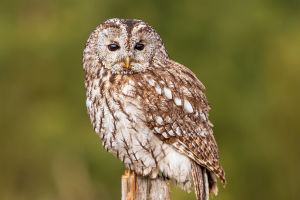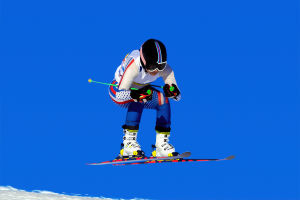As you might have heard, Lykkers, the intersection of artificial intelligence and artistic creation has sparked one of the most profound debates in the modern digital era.
As AI-powered algorithms like OpenAI’s DALL-E and G.DeepDream produce visually stunning and technically intricate works, questions arise about the true nature of creativity. Can a machine truly be an artist, or is it merely a sophisticated tool mimicking human ingenuity?
The Emergence of AI-Generated Art
Artificial Intelligence (AI) has revolutionized the digital realm of creativity. Algorithms developed by entities such as OpenAI and G. DeepDream have mastered the replication and reinvention of artistic styles, delving into movements like Impressionism, Expressionism, and Surrealism.
Through neural networks, these intelligences process vast amounts of data and "learn" aesthetic patterns, resulting in visually striking and technically impressive creations. However, what seems to be lacking in this process is the fundamental element of human artistic experience: creative intention.
The Philosophical and Scientific Debate: What is Art?
Throughout history, philosophers and art historians have sought to define art as an expression of human thought and emotion. Aristotle viewed art as an imitation of nature, while Hegel saw it embodying the "absolute spirit." From these perspectives, AI appears to fall short in creating true art: it lacks the awareness and desire to convey transcendent meaning.
The Role of Inspiration and Soul
When a human artist creates, they are driven by an internal impulse, a need to communicate emotions, experiences, and thoughts that extend beyond the visible. This process involves intuition, passion, and profound introspection.
AI, despite its advancements, operates algorithmically and devoid of consciousness, a significant difference that many scholars deem crucial. As neuroscientist Anjan Chatterjee of the University of Pennsylvania asserts, human art encompasses "intention" and "meaning" that surpass the sum of their algorithmic parts.
Creativity or Simulation?
One fundamental limitation of AI is that it "simulates" rather than "creates" in the true sense of the word. Through deep learning processes, AI can "learn" to recognize and reproduce artistic forms but without understanding the emotional context or intention behind a piece.
Artists craft works that reflect the human experience and personal exploration. In AI-generated art, each "decision" boils down to mathematical calculations, devoid of true engagement or reflection on the final significance of the piece.
Examples in the World of AI Art and Artists' Perspectives
Instances of AI creations like the images generated by DALL-E or Midjourney showcase the ability of AI to produce impressive and visually intricate works.
Contemporary artists often utilize AI as a collaborative tool, where artificial intelligence serves as an assistant rather than a complete author. Many of these artists acknowledge the value of AI as a means to explore new visual ideas but unanimously believe that the ideation and reflection process remains a human prerogative.
An Art Without Soul?
The lack of reflective consciousness in AI raises the question of the "soul" of art. Advocates of human artistic creation argue that what makes art special is its capacity to express complex human emotions and stories.
To create, the artist grapples with their vulnerability and life experiences, drawing from a unique and irreplicable emotional heritage. As art historian David Galenson of the University of Chicago posits, "The creative process is, in fact, an expression of human subjectivity."
Conclusion: The Inseparable Bond Between Man and Art
Ultimately, despite the strides made by AI, art remains intrinsically tied to the human spirit, its ability to perceive, reflect, and reinterpret the world uniquely and profoundly personally.
While AI can certainly augment artists' toolkits, humans imbue meaning into works, truly bringing them to life and resonating with the observer's heart. The role of the artist, as a creator and mediator of authentic emotions, appears destined to remain a human prerogative.
Art generated by AI will continue evolving, but its lack of soul and intentionality still set it apart from the authentic essence of art.


